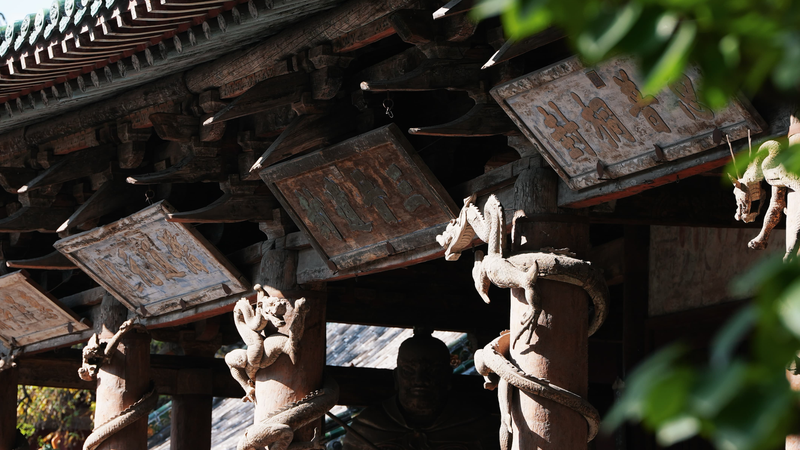Nestled in Taiyuan's misty hills, Shanxi Province's Jinci Temple stands as a testament to China’s enduring cultural legacy. This 3,000-year-old site combines architectural marvels with natural wonders, offering visitors a tangible connection to dynastic history.
The temple’s iconic Song Dynasty dragon columns stretch toward the heavens, their intricate carvings preserving stories of imperial patronage. Ancient cypress trees, some dating back millennia, frame courtyards where rituals echoed through centuries. Archaeologists highlight the site’s unique blend of spring-fed gardens, ancestral halls, and Buddhist influences as a microcosm of China’s spiritual evolution.
Recent conservation efforts have drawn attention from global historians and architectural engineers. “Jinci embodies how nature and culture intertwine in Chinese philosophy,” explains Dr. Li Wei, a cultural preservation expert. For diaspora communities and travelers alike, the temple serves as both pilgrimage site and open-air classroom, revealing insights into ancestor veneration and traditional craftsmanship.
As Shanxi expands its cultural tourism initiatives, Jinci Temple emerges as a key destination for understanding China’s historical continuity. Its spring water still flows as it did for Zhou Dynasty worshippers – a liquid thread connecting past and present.
Reference(s):
cgtn.com








